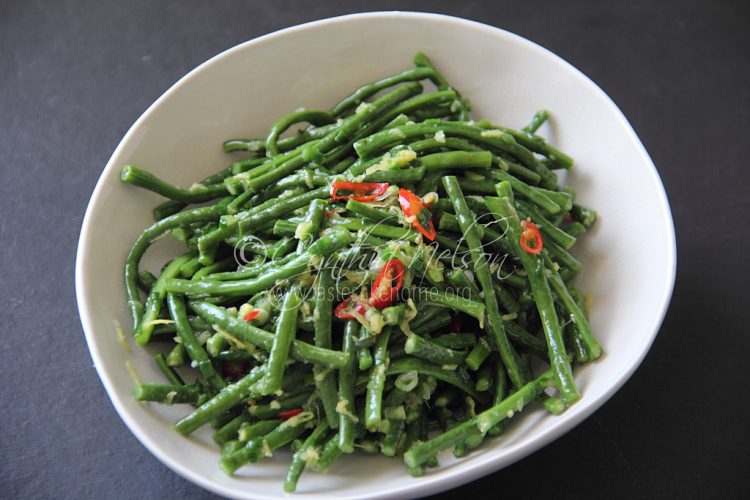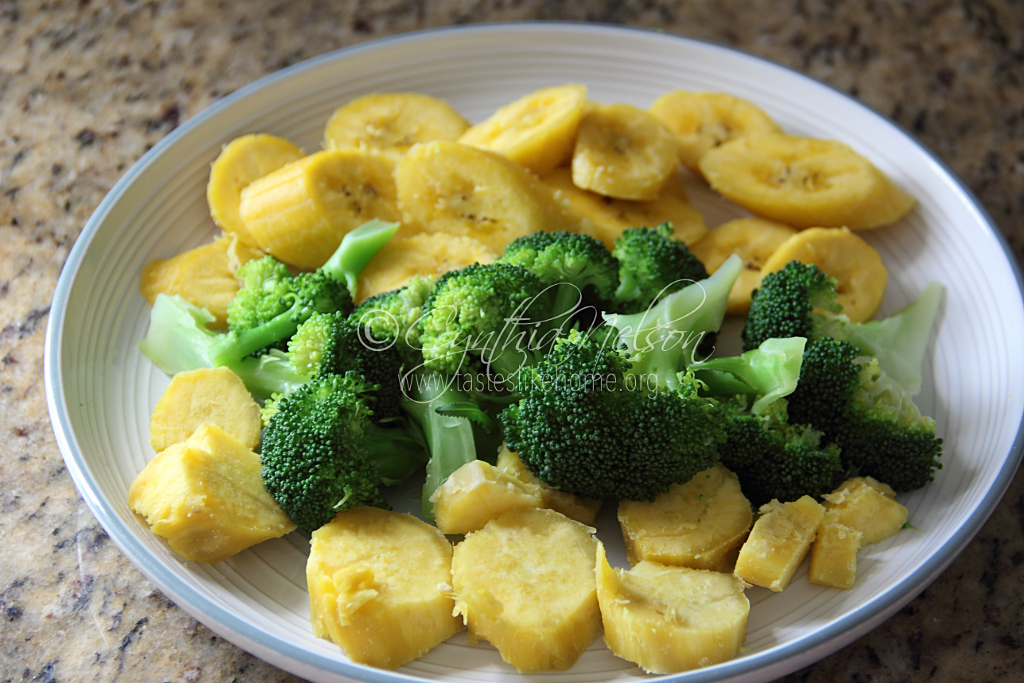 What’s Cooking is a series in which I answer questions and share advice about food and cooking that you may have but are too shy to ask.
What’s Cooking is a series in which I answer questions and share advice about food and cooking that you may have but are too shy to ask.
I return to this topic of steaming (first discussed in 2018 in a column) because I was asked about it several times over the past couple of weeks on different occasions – while entertaining and dining out. And remember I told you about that conversation with friends at the beginning of the year about ageing and the things we discussed? Eating healthy and finding ways to eat some things to get the most out of their nutrients was something we all wanted to know more about.
I am also bringing up steaming again because I am tired of seeing bowls, platters and plates of soggy, limp vegetables being served up as steamed veg. Rather, they are boiled and all the nutrients have been poured down the sink as the vegetables were drained. If you are going to boil the vegetables, don’t throw away the nutrient-rich water. Save it and use it as stock for your stews, curries, soups, or other components of the meal that require liquid for cooking.

To steam, is to cook with water vapour. It is the fastest method of heat penetrating food, and that’s because of the large, intense amount of steam that builds up in a covered pan or pot when water is heated and brought to a boil. What happens is that the boiling water turns into a gas that is suspended in the air, that’s the steam/vapour that circulates and penetrates food, cooking it. With this cooking method, the water itself never comes into direct contact with the food.
Steaming is a cooking method often recommended if we are monitoring our sodium intake, or suffering from issues related to digestion, or if we are on some sort of health-kick diet. The reason for this is that steaming helps to maintain the nutrient content of the food and does not leach out the flavour or colour. While a lot of people think of steamed food as bland – specifically vegetables – when done properly and not overcooked to the point of mush, steaming leaves food tasting exclusively of its cooked self; okras are sweet, so too is pumpkin, ears of corn plump and full of juice, broccoli fresh and green without being grassy. But steaming is not only for vegetables, there’s more to be steamed – ripe plantains, duff, dumplings, buns, custards, potatoes, seafood (fish, shrimp, crab, lobster), chicken and pork too! Steaming is really a healthy cooking method that should not only be relegated to curing ailments, try to incorporate it regularly into your cooking routine.
Tried steaming before and your veggies are overly soft, wet, and limp; unappealing and unappetizing? Here are some tips and advice on steaming.
Strive for the same size and thickness of foods and try to lay them evenly on the steam rack; if you have more than one layer, then put the food close so that steam can access all surfaces.
Never overcrowd the pot with food, either steam in batches or steam by stacking using steamers such as Chinese bamboo steamers.
Ensure that there is an adequate amount of water in the pan/pot that will boil providing sufficient steam for the duration of the cooking. I always err on the side of caution by adding a little more water than I need. If I am steaming in batches, a kettle of boiling water is always on standby to top-up between batches.
Cooking time for the steaming begins after the water has come to a boil and the food is added. Do not put the food to cook while the water is cool and now heating up. When the pot comes to a boil, let it boil for a full minute then add food to steam.
Use pots and pans with heavy or tight lids so that steam is locked in.
Be very careful when removing the lid from the pot/pan after cooking as the steam can easily burn you. Always raise the lid away from you. In other words, in the direction not facing you.
Generally, when steaming, the heat is set to high and involves quick-cooking ingredients.
When checking on the doneness of food, remember that each time you open the pan/pot the steam escapes and will take a few minutes to build up when you cover it again.
The state of doneness for steamed foods is really a matter of personal preference; vegetables can be cooked through without being so soft that they cannot hold their shape or be easily removed from the steamer. When I test for okra, broccoli and cauliflower, I want there to be a slight resistance when a knife is inserted. When the corn turns bright yellow I know it’s done. Ripe plantains will have their skins partially split.
When your food is done cooking, especially vegetables, remove them immediately from the heated environment. Leave them on the steaming rack and transfer them to a counter to cool just before serving, this will ensure that they do not continue to cook and will maintain the rich, bright green, yellow, orange or whatever the colour is of the vegetable you have steamed. If you simply shut off the heat, they will continue to cook (remember the hot water is still in the pot/pan and even if you drain off the water, when you put the food back into the heated pot/pan, the residual heat will continue to cook the food).
Finally, perk up your steamed veggies with a squirt or two of fresh lime or lemon juice, a light sprinkling of salt and black pepper (freshly ground if you can). Or drizzle it with some vinaigrette or some other type of sauce such as a ginger-scallion sauce, scallion oil, chimichurri etc.
Cynthia
cynthia@tasteslikehome.org






